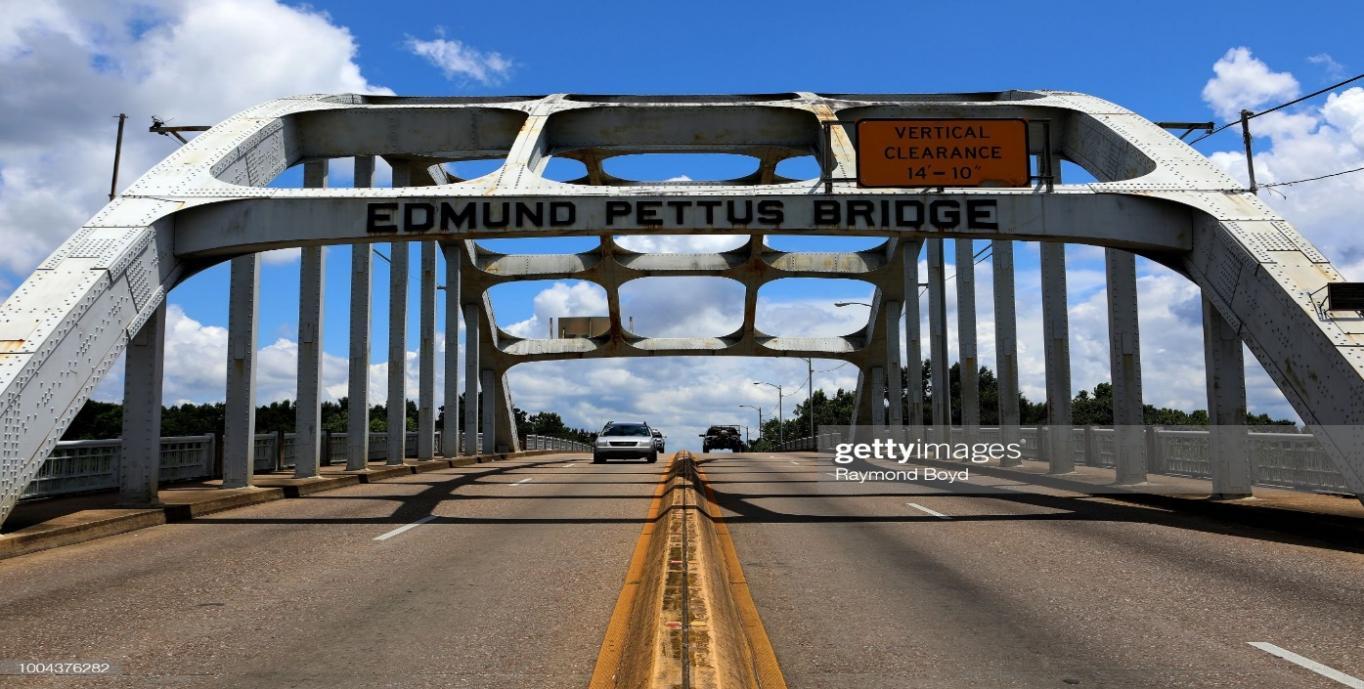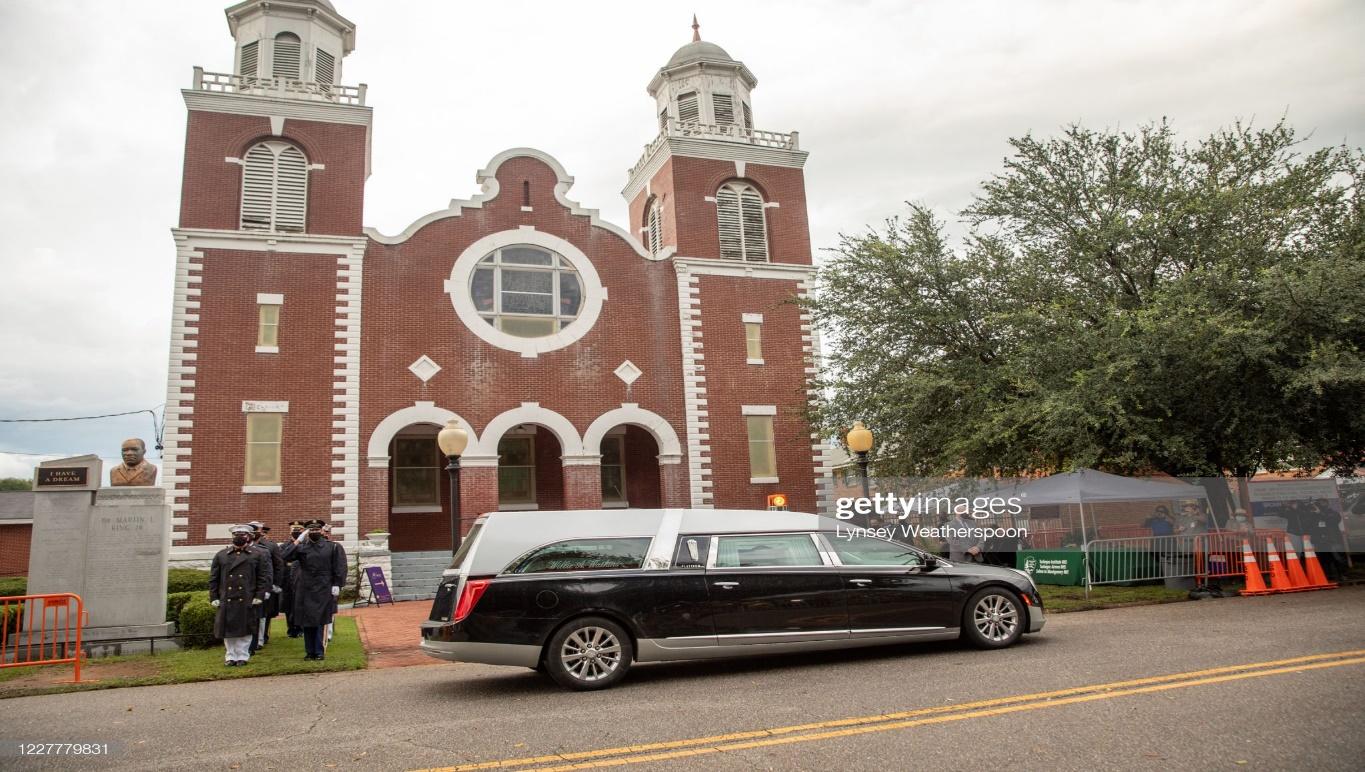There are numerous places affluent in cultural heritage, but Selma is one of the cities that is not afraid of the U.S. past dark chapters. More than a million tourists visit the local sites dedicated to the struggle for civil rights every year. The city’s landmarks contribute to an understanding that equality is the engine of economic growth and development, and its legacy reflects the complexities of history. There is a moment in everyone’s life when a necessity for self-discovery and value reassessments emerges. This factor drove my choice in favor of the Edmunds Pettus Bridge and the Chapel of Brown’s African Methodist Episcopal Church visiting.
These landmarks are reliable repositories of recorded memory and the heritage of bygone eras. They are vital in one’s life because they reflect the life journey of those people who turned U.S. history upside down. Selma is widely known for the battles and marches that resulted in 25,000 people in Montgomery attaining suffrage (Asia & Lanka, 2017). Their activism brought national attention to social justice, so Selma’s cultural roots are precious. Seeing these landmarks was valuable because it contributed to my more profound wisdom of the culture and the role of equal rights in contemporary society. These memos are impressive in their scope and inspire active citizenship and the promotion of democratic values.

The Edmund Pettus Bridge in figure 1 is a landmark over the Alabama River in Selma named after an American lawyer and general who was an influential member of the far-right Ku Klux Klan. The bridge is constructed of steel and is representative of the arch type, which has eleven spans. It once became the scene of a battle between demonstrators of the Equality March and armed police officers. The event took place in 1965 on March 7 and was known in U.S. history as the “Bloody Sunday” because 78 people were hurt and wounded in the massacre (Asia & Lanka, 2017). It is a location with a rich history and is therefore considered a significant monument and national milestone in Alabama. It is not a museum or a monument to be enjoyed by looking at it from a distance. On the contrary, the Pettus Bridge is a demonstration of the faith written about in the founding documents of the United States. This place awakens deep feelings and makes one judge the scope of human possibilities.

The Brown Methodist Episcopal Church Chapel, depicted in figure 2, holds a remarkable place in U.S. history. It is the site from which the renowned freedom demonstration of the struggle for human rights began (Asia & Lanka, 2017). On March 21, 1965, hundreds and thousands of Americans, regardless of their position in society, came to join the march, which took the Selma-Montgomery route (Asia & Lanka, 2017). The participants walked 87 kilometers during five days, sleeping directly under the open sky. Nowadays, the way taken by the fighters for equality is called the National Historic Trail. Moreover, during the Civil Rights Movement, Brown Chapel remained open after the State and Federal courts issued injunctions to outlaw mass gatherings in black churches. It provided shelter to the movement during the storms of opposition to social and political transformation. The protest became a symbol of the triumph of universal values over racial prejudice, and Brown Chapel was the headquarter of the social movement to abolish racial discrimination and give voting rights to black Americans.
The cultural value of both attractions in Selma cannot be overstated. It is noteworthy that Alabama has long been one of the most segregated states, where racism was the benchmark for most white residents. The Civil Rights March in Selma was the third attempt by black Americans in the South to gain active suffrage. About eight thousand people marched, including white Americans who had been hurt by the bloody footage of the previous two attempts by African-Americans, which were replicated in the media (Asia & Lanka, 2017). They started at the Chapel of the Episcopal Church and got into an active skirmish on the Pettus bridge, therefore, these particular landmarks have a significant value for the locals. They symbolize the spirit and unkindness of people who were unwilling to surrender despite oppression and beatings. Looking at these sites, the locals comprehend how complex the independence fighters’ path was and why equality is critical. They are united by a shared history, which affects the conveyed values and cohesion of the inhabitants, who respect the characteristics and beliefs of others.
As for the economic factor, like any other monuments, the Selma landmarks attract many tourists, which positively affects the economy and stimulates money turnover. These sites do not have the same direct effect on the environment or the activity of the residents, as their purpose is diverse – to keep the memory. They represent the past, and it is necessary to understand that their visit is essential because, without history, it would be challenging to imagine the future and, therefore, hard to build it. Residents comprehend this and try to keep landmarks in satisfactory condition and conduct restoration in time. These sites symbolize ancestors’ efforts and their strive for independence and a bright future. Thus, Brown Chappel and Pettus Bridge are necessary to preserve because they are unique and irreplaceable. They have moral, historical, and economic value to the locals and the whole country.
References
Asia, S., & Lanka, S. (2017). The world factbook. Washington DC: Central Intelligence Agency.
Boyd, R. (2018). Edmund Pettus Bridge [Photograph]. Gettyimages.
Weatherspoon, L. (2020). Brown Chapel [Photograph]. Gettyimages.